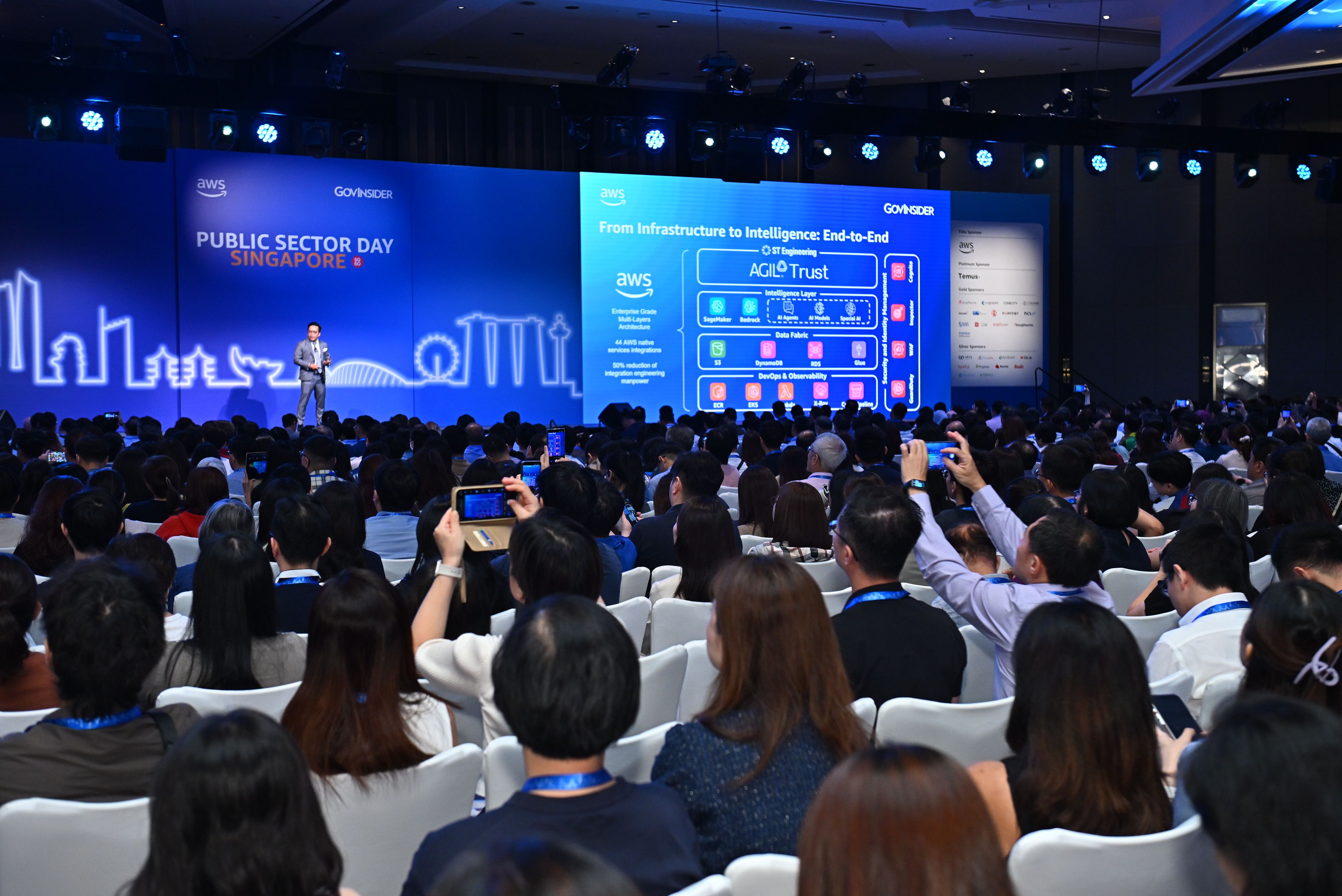Digital transformation in the public sector goes beyond simply digitalising citizen services and day-to-day operations.
At the recent AWS Public Sector Day 2025 in September, Singapore public and private sector speakers highlighted that successful transformation hinges on embracing three key lessons that redefine digital leadership, trust and strategic investment.
The opening plenary keynote speakers included Central Provident Fund Board (CPFB)’s Deputy CEO of ICT & Digital Services, Ng Hock Keong; Nanyang Technological University (NTU)’s Senior Principal Research Scientist at Digital Trust Centre (DTC), Dr Chi Hung Chi; as well as ST Engineering’s VP and Head of DeepBrain, Data Science & Information, Tan Boon Leong.
To deliver real, sustainable value to citizens in the era of artificial intelligence (AI), the three organisations share more about their commitment for continuous improvement, an awareness of the rising cost of trust, and a strategy for efficient AI implementation.
1. Even if it ain’t broke, improve it anyway
The first takeaway was for public sector agencies to adopt a mindset of continuous improvement instead of waiting for a crisis.
True public sector transformation hinges on an organisational culture that’s willing to change and constantly do better, even when existing systems are not failing.
In the case of CPFB, the agency decided to improve their call centre operations despite a high satisfaction index of 98 per cent and no “burning platform”.
According to Ng, CPFB became the “first agency in Singapore to do four things” by leveraging AI and other tech systems to improve services and operations.
These innovations include connecting real-time call transcripts with 360-degree customer information stored in its existing customer relationship management (CRM) system, using SingPass for four-factor authentication, and utilising AI for automated evaluation and real-time feedback to call centre agents.
Ng’s sharing pointed to how digital leadership in the public service isn’t about championing the latest tech, but about discovering business use cases that leverage technology to provide real value to citizens.







